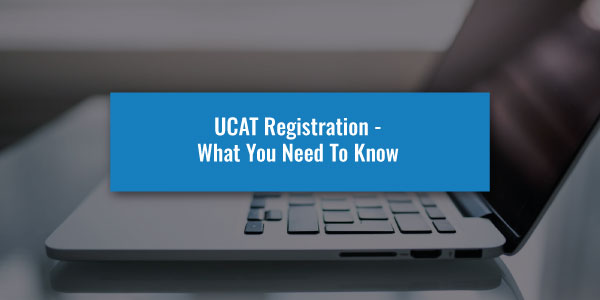The NSAA is being replaced by the ESAT exam. You can read more about the new exam here. NSAA past papers will still be useful when preparing for the ESAT.
NSAA Section 2 questions are designed to stretch you by putting you out of your comfort zone.
In addition to the core knowledge required for section 1, in NSAA section 2 you will need to apply core scientific principles in unfamiliar contexts. All NSAA Section 2 questions require you to have the knowledge from Section 1A maths as well as the corresponding subject knowledge from Section 1. For example biology Section 2 questions require 1A maths and 1D Biology. Similarly, physics Section 2 questions require 1A maths and 1B physics. Each part is out of 20 marks.Onto the questions
In this post, we will go through a snippet of a Physics question in Section 2. There are usually 4-6 parts in each main question. Look at these first two and see what you make of them. Give (a) a go, then watch the video of our tutor explaining the working for it. They’re tough graph questions – our tutor thinks they’re even tougher than the question faced in his interview for Cambridge. Here’s the explained video answer – hope it helps!
They’re tough graph questions – our tutor thinks they’re even tougher than the question faced in his interview for Cambridge. Here’s the explained video answer – hope it helps!
You’ll get access to hours of videos just like this one with our Cambridge Natural Sciences Programme. Enroll here.
NSAA Section 2 basic information
NSAA Section 2 consists of three sections of which candidates should answer any one. The time allowed for Section 2 is 60 minutes. Calculators may be used in Section 2. There will be a question on Biology, a question on Chemistry and a question on Physics. You can answer any one part – we would recommend sticking to one topic to increase your specialisation in the knowledge. In this blog post, we will cover the Physics section of section 2.Some initial advice
Specialise
The nature of the NSAA allows you to tailor your answers to your preferences and abilities with regard to topics. This applies to both sections other than the maths portion of Section 1. You are free to choose any topics from the choices, thus you should prepare to apply your maths skills throughout, but then focus on a few topics and really specialise in them.Thrive on adversity
The NSAA is specifically designed to be challenging and to take you out of your comfort zone. This is done in order to separate different tiers of students depending on their academic ability. The reason for this type of exam is that Cambridge attracts excellent students that will almost invariably score well in exams. If you come across questions that you find very difficult, use this as motivation to try and further your knowledge beyond the simple school syllabus.Be efficient
You have 60 minutes to answer 1 section that may be text-based and include graphs. This leaves you with roughly 1.5 minutes per question. It is vital that you manage your time well. The best way to deal with this is to shorten the time you give yourself during your preparation progressively until you are able to finish your Section 2 question within the time limit.Practice calculus
Section 2 does not allow you to use calculators, so practising calculus may be useful. Being confident with maths will allow you to be more efficient throughout. Practice here will aid your Section 1 required maths section. The better prepared you are for this section, the better you will fare in Section 2.Don’t be afraid to show off!
Examiners in the NSAA are not only looking for someone who has the correct answers to the questions being asked, but also for someone who has that extra spark. There may be some open-ended questions in the NSAA, which leave room for the student to input any extra knowledge on the subject they may have. Do not be afraid to use any extra knowledge that you have!Get expert support with your NSAA exam through the Cambridge Natural Science Programme >>>
Section 2: Physics
Again here are some general tips when looking at the Physics section 2.Think in applied formulas
Trying to answer section 2 physics questions without first learning all the core formulas is like trying to run before you can walk – ensure you’re completely confident with all the formulas required in sections 1B before starting the practice questions.Graphs
Graph sketching is usually a tricky area for many students. When tackling a graph sketching problem, there are many approaches however it is useful to start with the basics:- What is the value of y when x is zero?
- What is the value of x when y is zero?
- Are there any special values of x and y?
- If there is a fraction involved, at what values of x is the numerator or denominator equal to zero?







